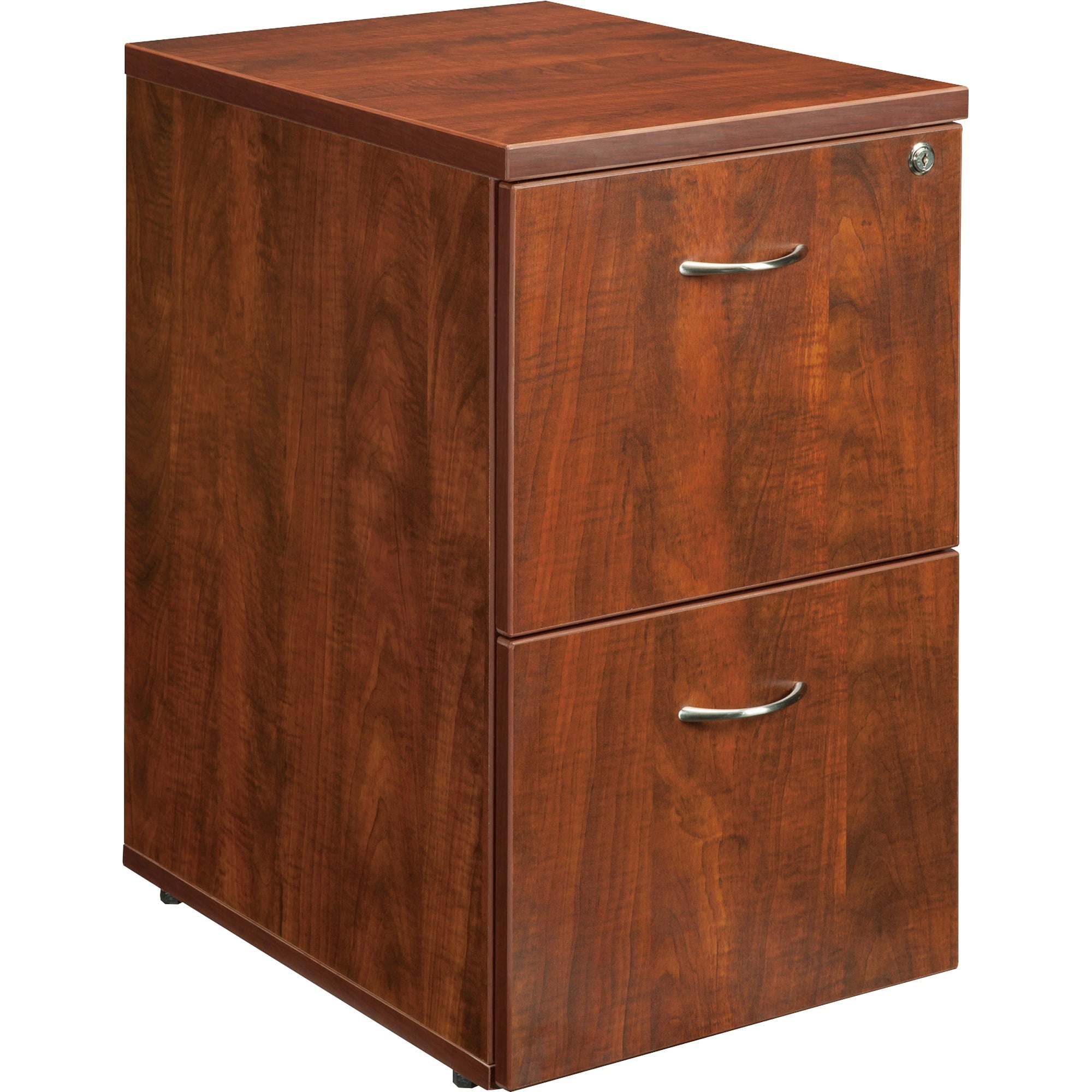Integrating a 2 Drawer Lateral File Cabinet into Your Workspace: 2 Drawer Lateral File Cabinet Wood

A 2 drawer lateral file cabinet offers a practical and efficient solution for organizing documents, supplies, and other essential items in your home office or workspace. Its compact design allows for seamless integration into various layouts, maximizing storage capacity while maintaining a clean and organized aesthetic.
Designing a Layout for Effective Integration
When incorporating a 2 drawer lateral file cabinet into your workspace, consider its placement and how it complements your existing furniture and workflow. Strategic placement can optimize space utilization and enhance accessibility to your files and supplies.
- Placement near your desk: Position the cabinet within easy reach of your desk to facilitate quick and convenient access to files and documents during work sessions. This arrangement promotes a streamlined workflow and reduces the need for unnecessary movement.
- Integration with other furniture: If space is limited, consider placing the cabinet against a wall or in a corner, maximizing floor space. You can also pair it with a desk or bookshelf, creating a cohesive and functional storage unit.
- Consider the size and shape of the cabinet: Choose a cabinet that fits comfortably in your designated space and complements the overall design of your workspace.
Maximizing Storage Space within the Cabinet, 2 drawer lateral file cabinet wood
To optimize storage capacity within your 2 drawer lateral file cabinet, implement various organizational strategies. Drawer dividers, file folders, and other tools can help create a structured and accessible system for your documents and supplies.
Table of Storage Solutions
| Storage Solution | Description | Benefits |
|---|---|---|
| Drawer Dividers | Adjustable dividers that separate drawers into smaller compartments | Organize files by category, create dedicated spaces for different supplies, and prevent items from shifting within drawers |
| File Folders | Folders made of various materials (e.g., paper, plastic, metal) designed to hold documents | Organize files by project, client, or subject, protect documents from damage, and facilitate easy retrieval |
| Hanging File Folders | Folders with a metal hanger that fits into a file rail system | Optimize drawer space, provide vertical organization, and allow for quick and easy access to files |
| Label Holders | Labels that can be attached to folders, boxes, or drawers | Clearly identify the contents of each storage unit, facilitating easy retrieval and reducing clutter |
| Storage Boxes | Boxes made of plastic, cardboard, or metal designed for storing various items | Organize smaller items like pens, pencils, and office supplies, maximizing drawer space, and preventing clutter |
Assembling a 2 Drawer Lateral File Cabinet
Assembling a 2 drawer lateral file cabinet is a relatively straightforward process that can be completed with a few essential tools and a bit of patience.
Safety Precautions
- Wear safety glasses to protect your eyes from debris or falling objects.
- Use work gloves to prevent injuries while handling tools or heavy parts.
- Work in a well-ventilated area to prevent inhaling fumes or dust.
- Follow the manufacturer’s instructions carefully, ensuring you understand each step before proceeding.
- Ask for assistance if you encounter difficulties or feel uncomfortable performing any step.
Essential Tools
- Phillips head screwdriver for securing screws.
- Hammer for driving nails or assembling certain components.
- Level to ensure the cabinet is assembled evenly and securely.
- Tape measure for accurate measurements and adjustments.
- Pencil for marking and aligning parts.
Step-by-Step Guide
- Unpack the cabinet and lay out all parts according to the manufacturer’s instructions. Ensure all components are present before proceeding.
- Assemble the base of the cabinet, following the provided instructions. Use the appropriate tools to secure screws and ensure the base is level and stable.
- Attach the sides to the base, ensuring they are properly aligned and securely fastened. Use the level to ensure the sides are perpendicular to the base.
- Install the drawers, following the instructions for attaching the drawer slides and ensuring they are properly aligned. Test the drawer movement to ensure smooth operation.
- Attach the top of the cabinet, securing it to the sides and base with the provided hardware. Ensure the top is level and aligned with the sides.
- Install the handles, ensuring they are properly attached and aligned. Test the handles to ensure they function correctly.
- Place the cabinet in its desired location, ensuring it is level and stable. Adjust the cabinet’s position as needed.
